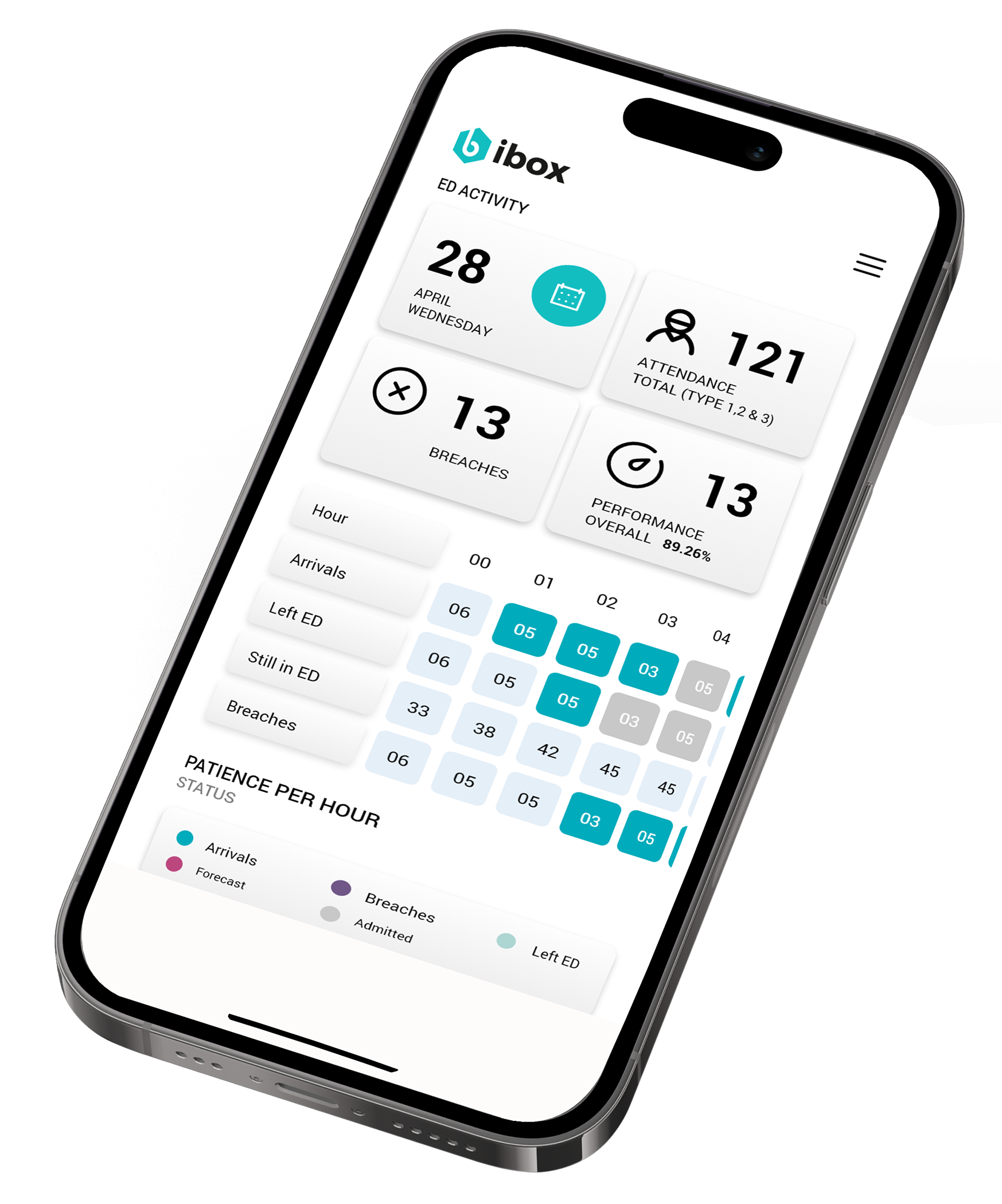When emergency department capacity is exceeded, patients wait hours before seeing a doctor and even longer before being transferred to a department. Overcrowded emergency departments contribute to poor patient care and frustration for patients and families.
IBOX ED Module provides a Live Status visualisation that brings together the many core metrics required to manage patient flow along with a patient facing welcome screen to ensure patients are informed of waiting times.
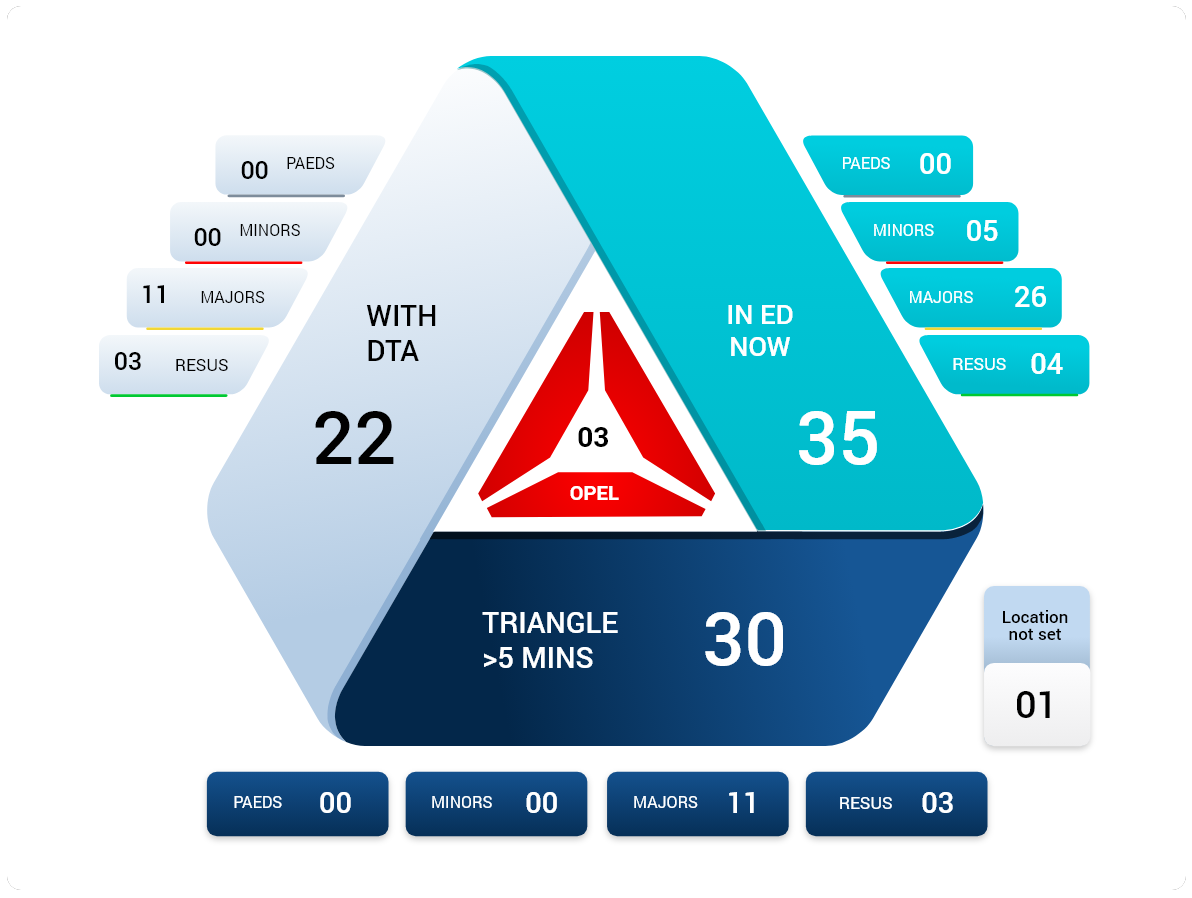
Benefits
Improved Patient Experience Reduced Left Without Being Seen Events
78%+
Breach Validated
2,000,000+
ED Attendances Managed
18%
Reduction Average LOS
IBOX maximises capacity and demand in ED by connecting the workflows of healthcare professionals and management to the data they need to make informed decisions quickly, effectively and in a stress-free manner. IBOX customers are gaining full visibility into readiness and identifying emerging supply and staff shortages.
Healthcare professionals can prioritise issues and allocate resources according to real-time need, maximising the number of patients served and improving overall clinical outcomes. Management team are also using IBOX to report critical data to public health agencies in a secure and standardised format, while maintaining ownership and control over their sensitive data and preserving the privacy of their patients.

Release Staff Time For Patient Care
From admission to discharge, our Patient Flow software helps teams and services work together, improves handover and information sharing, and dynamically reports on blockers so they can be proactively managed. Better visibility of patient flow helps to increase efficiency, improve patient care and release staff time.
Visibility Of The Whole Patient Journey
IBOX Patient Flow can be integrated with services and systems external to the Trust. That means that there can be visibility and communication across the whole patient journey – before admission, within the hospital and into the social care system.
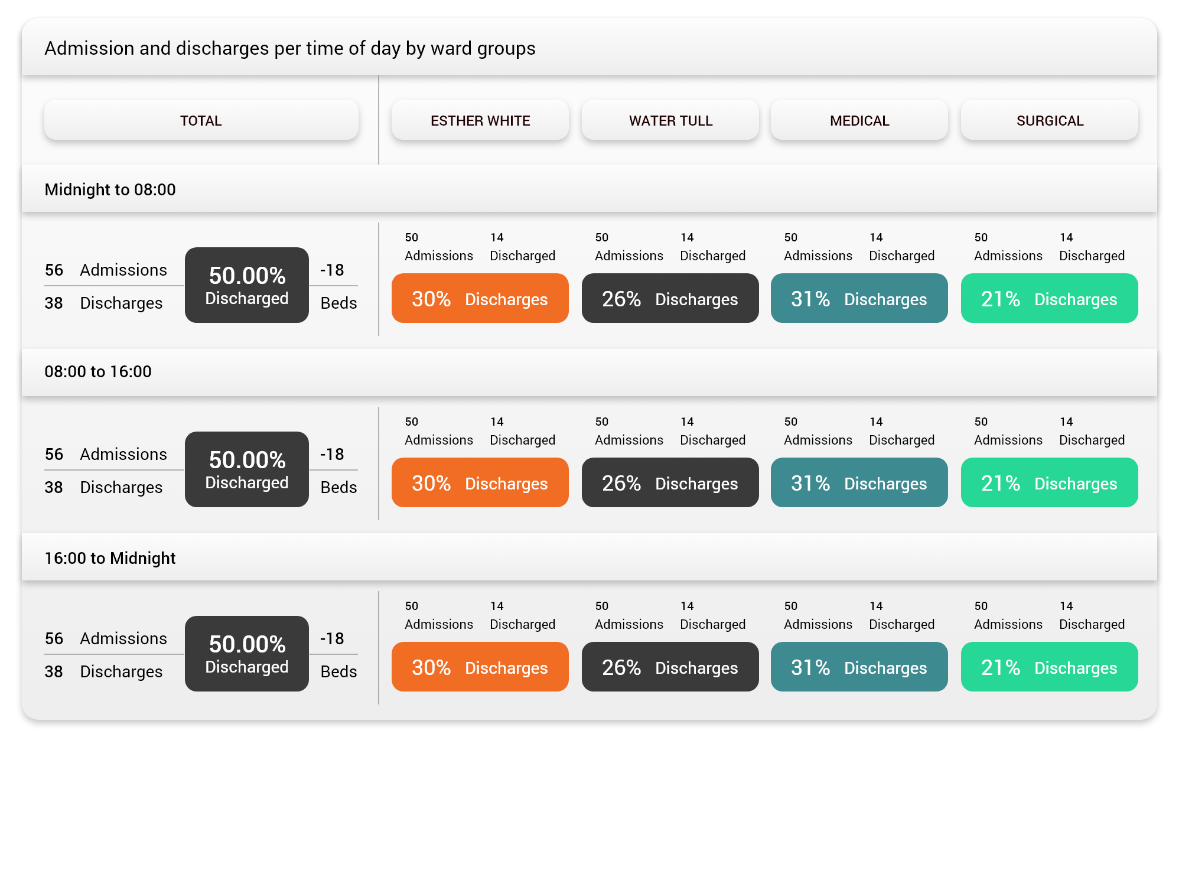
Benefits
Improved ward and site management routines
28%
Increase 12pm Discharges
Single Pane
Real-time view of the truth
80%
Increase In SDEC Activity
Saves Time And Improves Accuracy
Patient Flow saves time and improves accuracy, optimising patient journeys by integrating and sharing patient data in real-time. It delivers cost savings and improves patient experience. Staff can update, access and share information about the location of a patient, their needs, referrals and discharge status at any time.
Interactive Whiteboards Make It Easy
The boards give you and your team an at-a-glance view of inpatient and virtual wards. Frontline staff are empowered to make decisions and manage patient care in the appropriate setting.
Evolving Your Patient Flow
IBOX Patient Flow has been designed to be intuitive and flexible. It evolves to meet the needs of your teams, departments, hospitals and trust. Tailored functionality is also available for specific applications including supporting infection control teams, discharge teams, pharmacy services, portering teams and more.
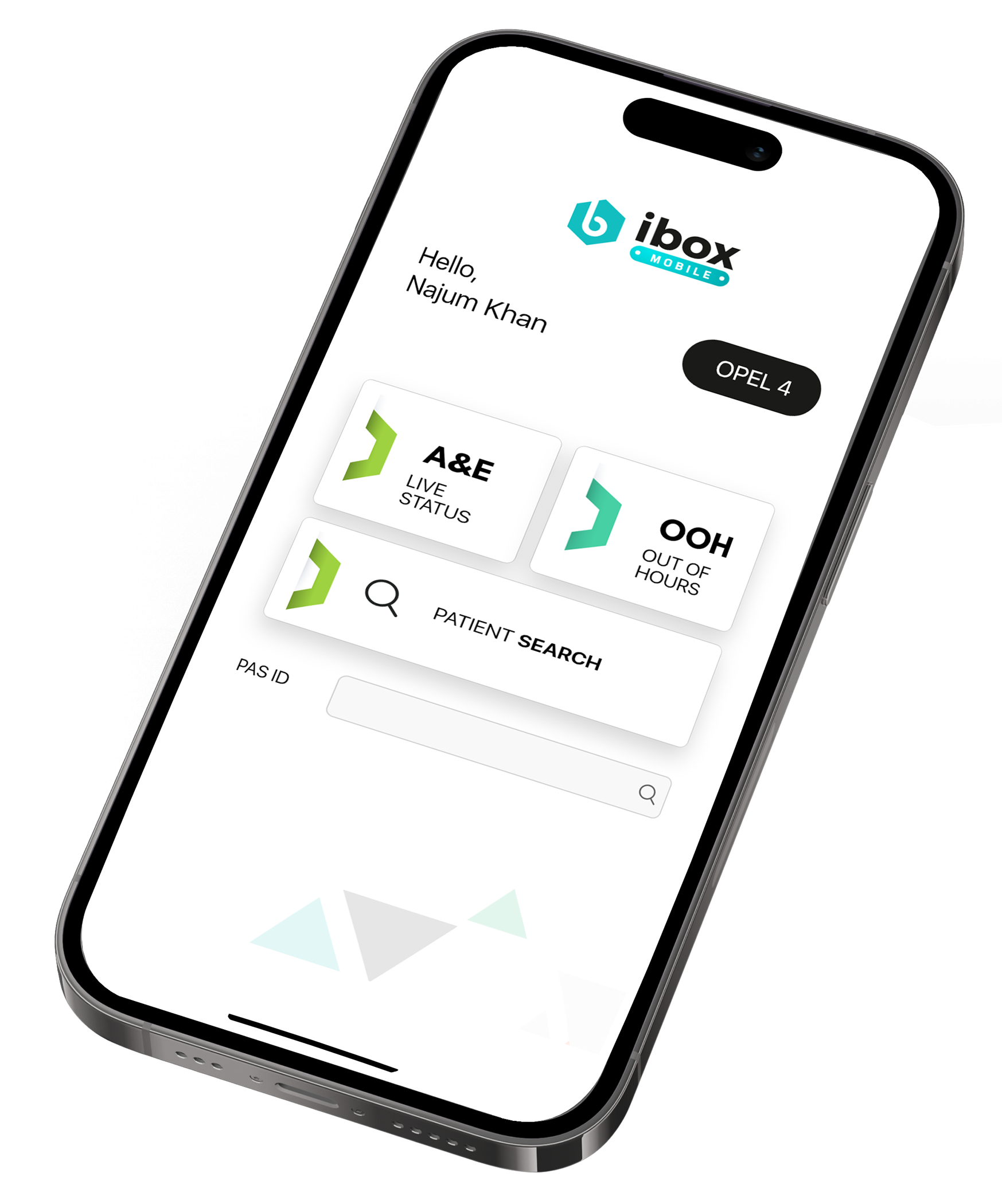
Approximately 7.33 million people are currently waiting for treatment, with 3.3 million patients waiting over 18 weeks. The median waiting time for treatment is 14.1 weeks, double the pre-Covid wait. Manual prioritisation is time consuming, prone to bias and error, and leaves tens of thousands in the same category.
Effectively managing waiting lists is crucial to address these challenges and improve patient experience in elective care.
Waiting List Management module, integrates into existing pathway management tools and can triage hundreds of thousands of patients a day, processing and reprocessing the waiting list dynamically. Support to help identify which patient to optimise prior to operation or outpatient consultation.
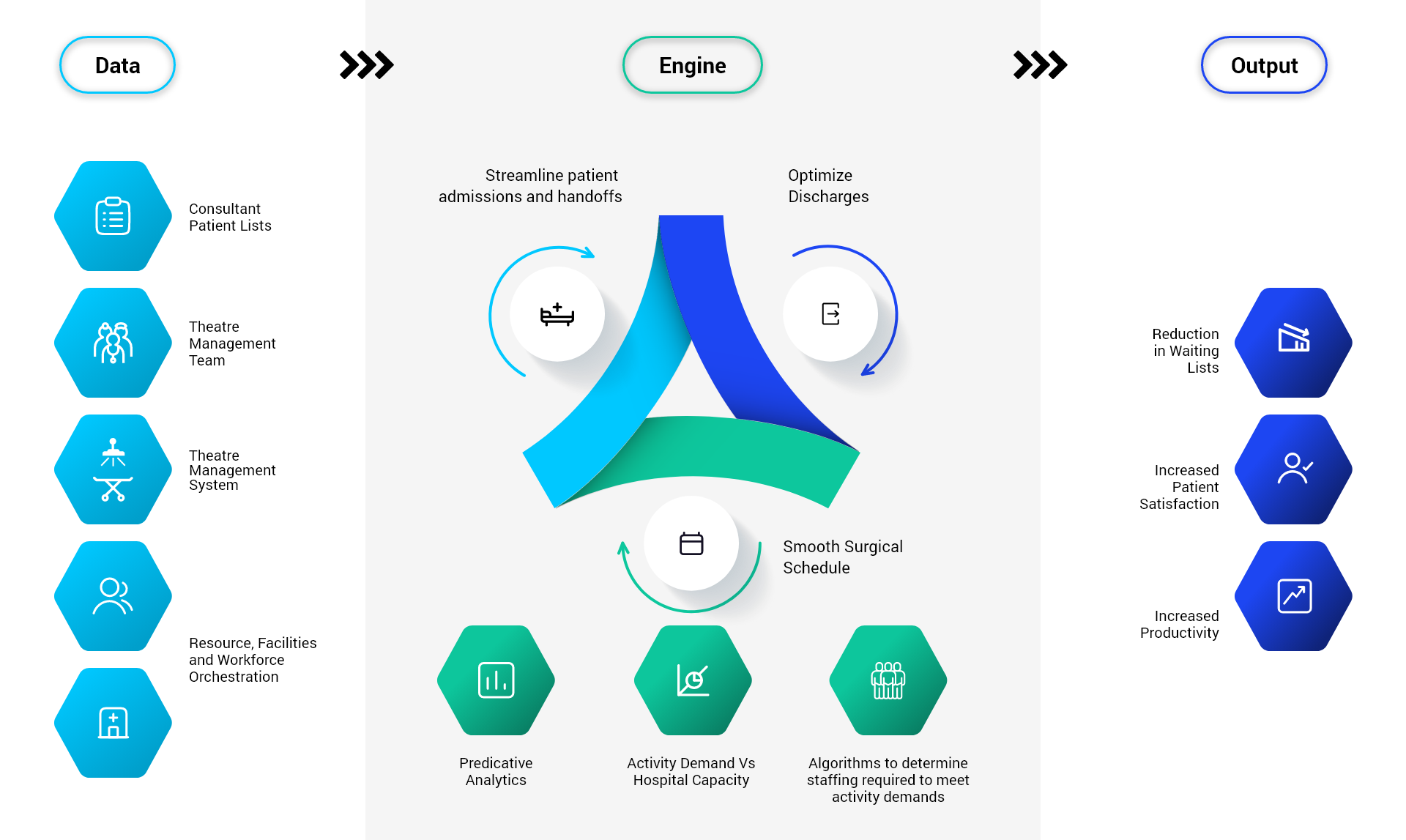
Benefits
A reduction of harm, length of stay, mortality and emergency admissions
50,000+
Bed Days Saved
8%
Reduction In ED Admissions
2,800
Hours Of Surgeon Time Saved
Support to help identify which patient to optimise prior to operation.
Optimisation of site wide and routing across trusts and regions to match patient risk. Saving bed days, improving elective capacity and resources.
Reduction in emergency admissions from those on the list, lower patient harm and mortality through a more detailed view of clinical risk for each patient.
Better use of surgeon time, reduce time spent for every patient review.

Timely and well-planned maternity care is crucial for positive maternal and child health outcomes. However, poor maternity services, as highlighted in the Ockenden Report, can have severe consequences. The report reveals significant concerns in care for maternal deaths (75% of cases), stillbirths (25% of cases), and neonatal deaths.
To address these challenges, our Maternity Module, provides comprehensive solution to optimise patient flow and streamline maternity department operations by utilising live status visualisation, personalised care pathways and care risk assessment tools.
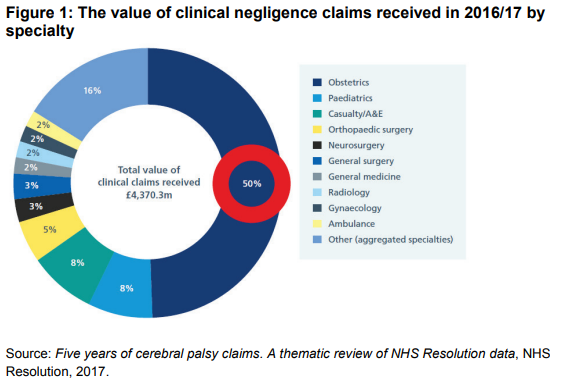
Benefits
Improving oversight for effective perinatal and maternity care
<20%
Avoiding Term Admissions into Neonatal Units
DIGITAL PCP
Shared Personalised Care Plans
100%
Consultant on ward 98 Hours/Week
With this module, healthcare providers can enhance maternity care by utilising personalised care pathways for tailored care and risk assessment tools and can ensure the safety and well-being of both mothers and babies.

Patient Care, Key Staff and Asset Orchestration
Over 30% of NHS Nurses reported they spent one hour per shift simply looking staff time wasted looking for equipment. This equates to around £900 million in wasted nursing time each year.
This is a significant amount of time and money that could be better spent on patient care. By implementing asset tracking systems, hospitals can help to reduce the amount of time nurses spend looking for equipment, and free up their time to focus on providing care to patients.
Illuminate-RTLS searchable maps the real-time location of any IoT tagged resource or assets. Reducing search times to minutes.
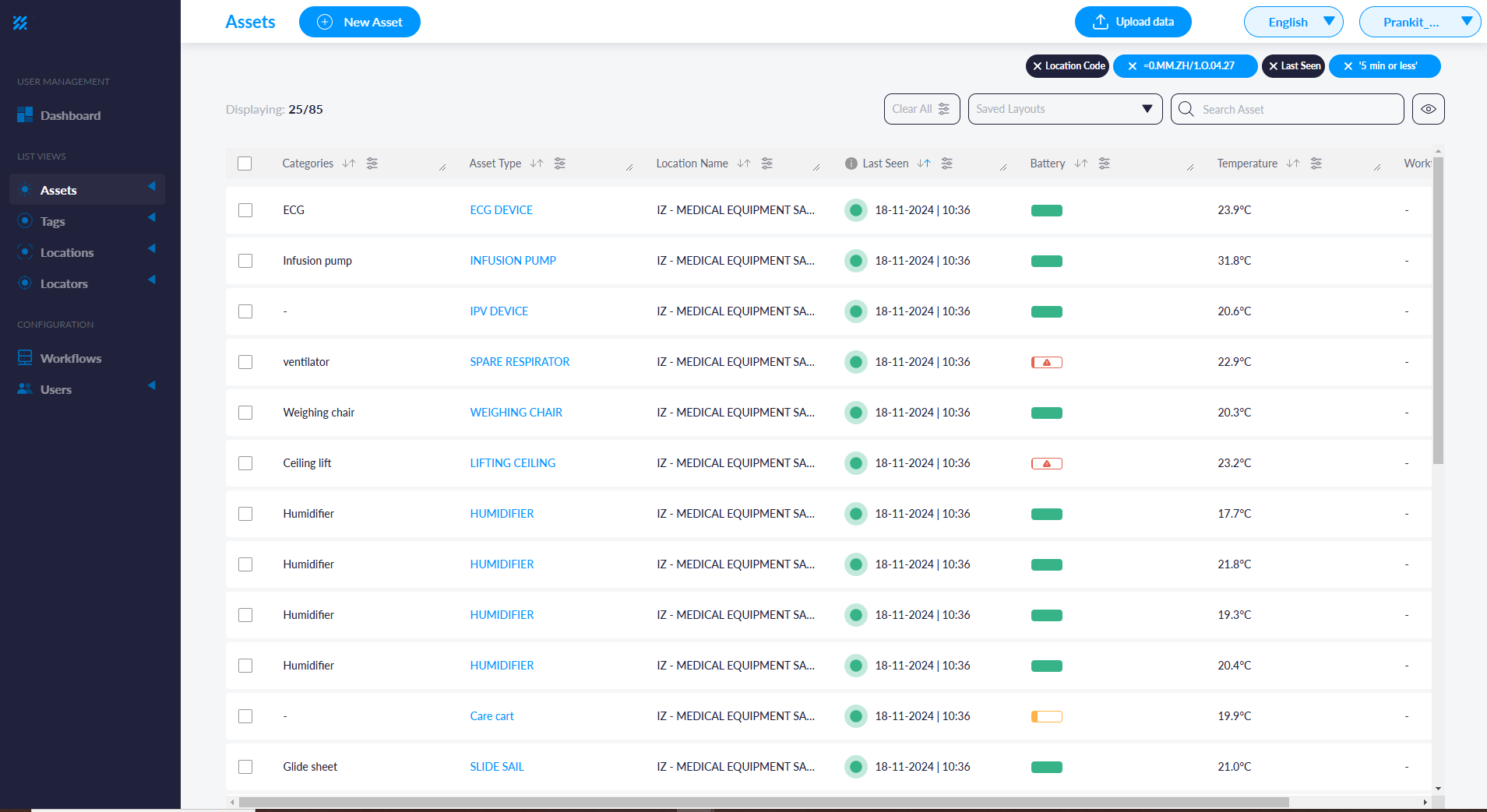
Benefits
Releases Staff To Focus On Patients
5 minutes
Reduce Search Time From Hrs To Mins
38%
Improvement In Equipment Utilization
£500k+
Trust-wide Savings Per Year
28,904
Hours Lost Productivity
19%
Increase On-Time Elective Starts
The solution allows operations and estates staff to manage costs through improved utilisation and management of equipment or inventory in a predefined area within the hospital.
Reduce search time for equipment and valuable inventory. Understand what assets you have in your department, their status and replenishment orders.
Visibility of cleaning/porter workflows allowing medical staff to focus on patient care and experience through more timely safer processes.
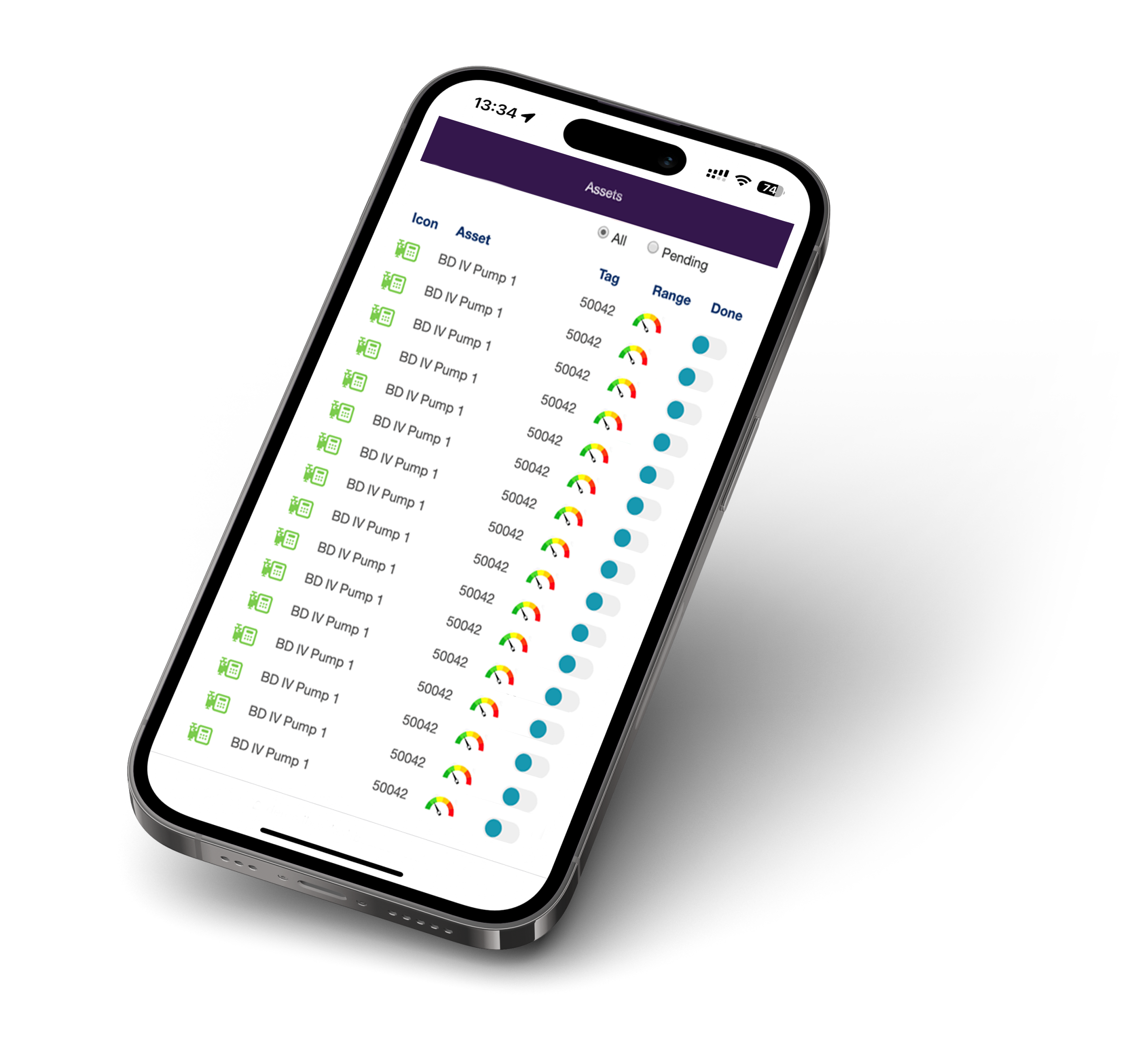
Open data, put simply, is data that can be accessed, used and shared, by anyone, for any purpose. Many organisations collect a broad range of data in order to perform their tasks: making this data publicly accessible contributes to the transparency agenda, which is important for:
- improving outcomes and productivity in our public services
- promoting higher quality and more efficient services, choice and accountability
- encouraging economic growth – it enables the development of tools to support users, commissioners and providers of public services
IBOX along with Facts and Dimensions have created a platform to allow visualisation of open data coving areas like Mortality, Waiting Times, Urgent Care and much, much more.
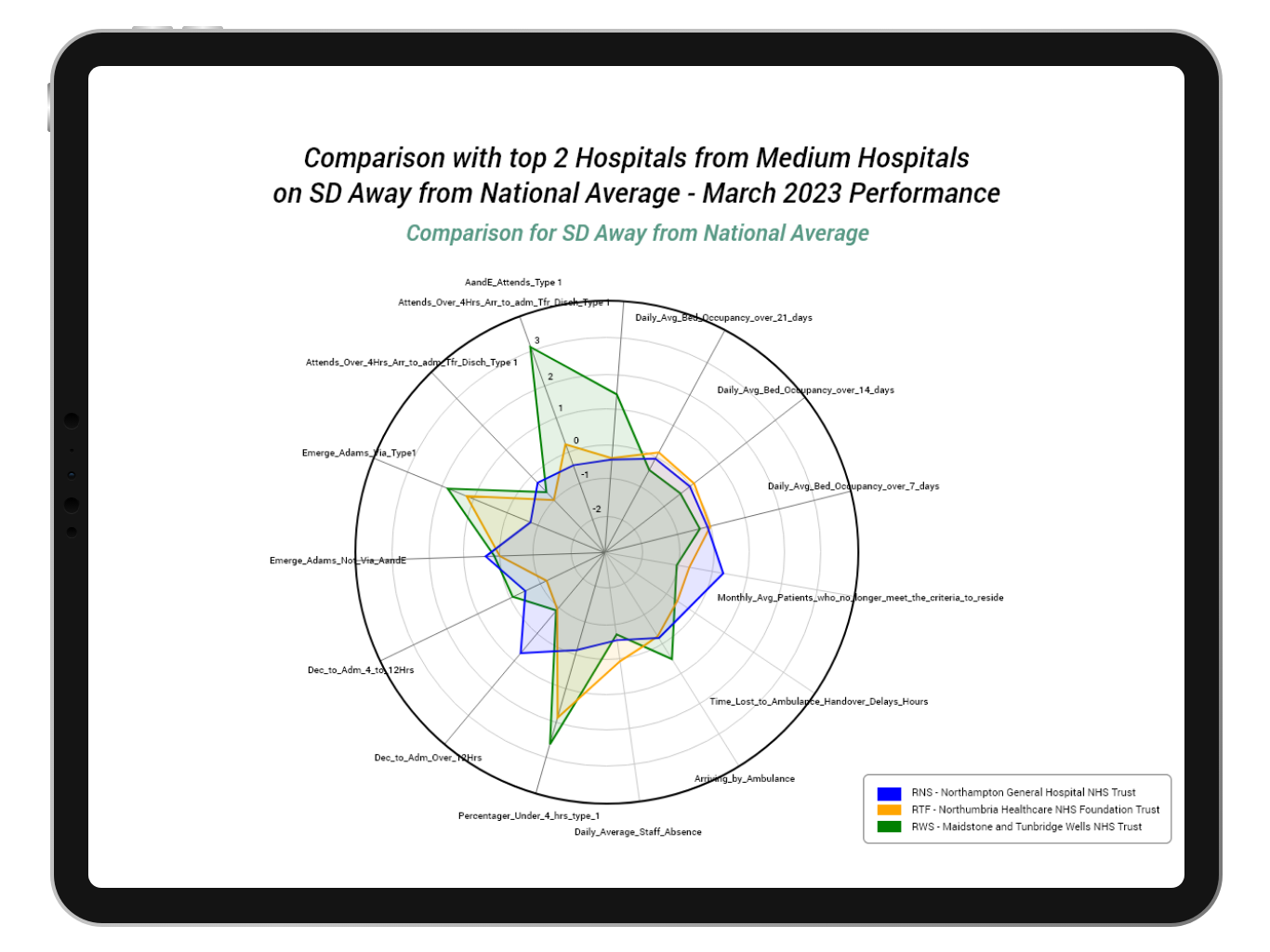
Benefits
Open Data Published by the NHS compressed into a simple comparison tool
Ranking Analysis of Core Metrics
Board Assurance Framework style reports
Time in Motion Study
The successful and sustained achievement of your organisation’s mission and
objectives is reliant on robust governance, risk management and assurance processes. This means the board needs to be clear about what it wants to achieve, knows what the measures of success will look like, is open and honest in its dealings and alive to the key risks being faced within and outside of its operating environment, both at strategic and operational level.
This IBOX Open Data Platform is designed to help your healthcare organisation in its thinking regarding the design and application of its board assurance arrangements and how this might be achieved.
